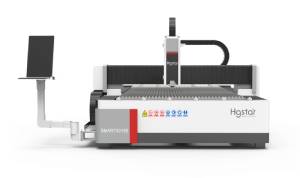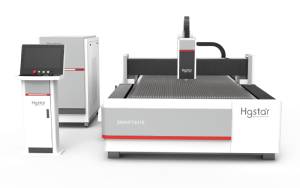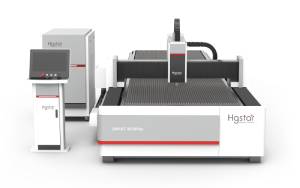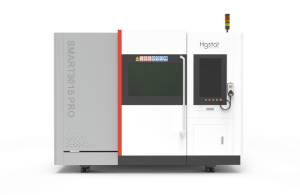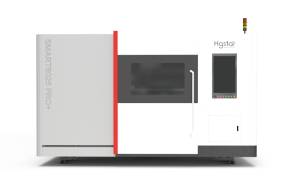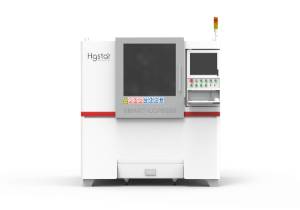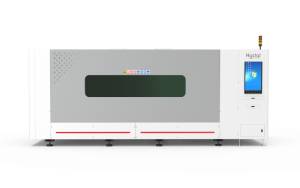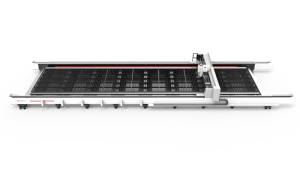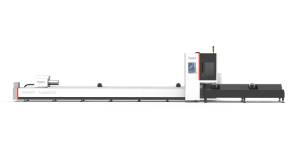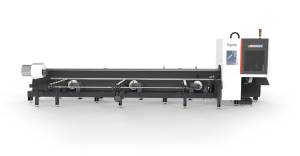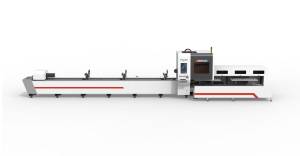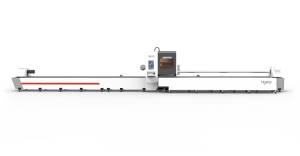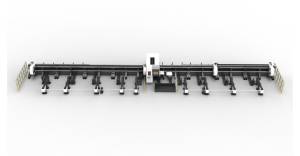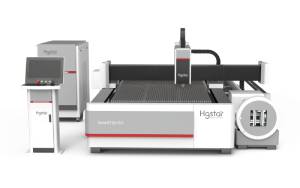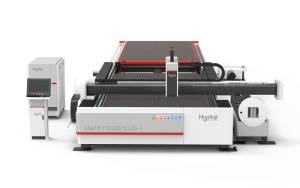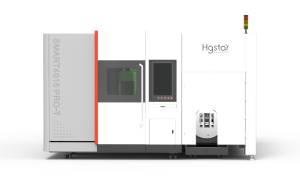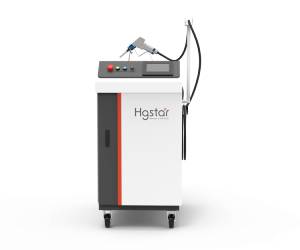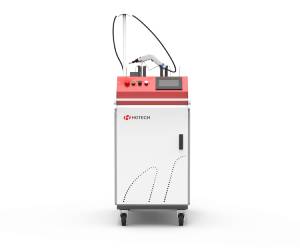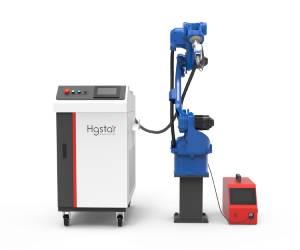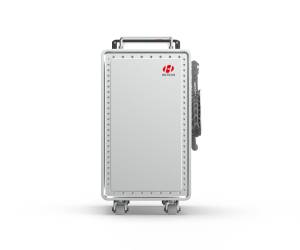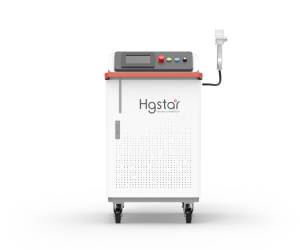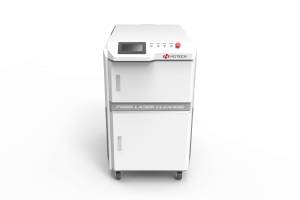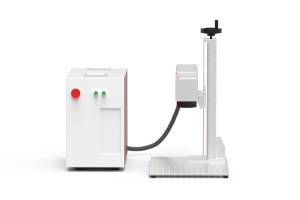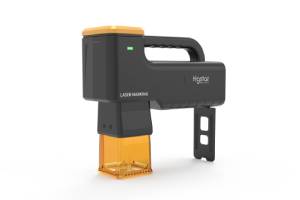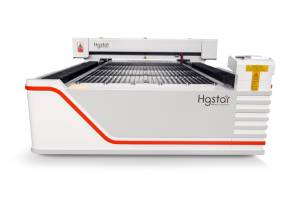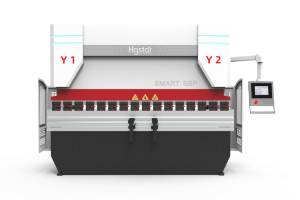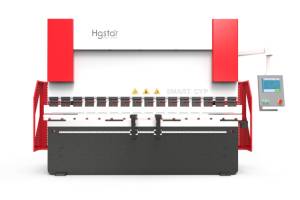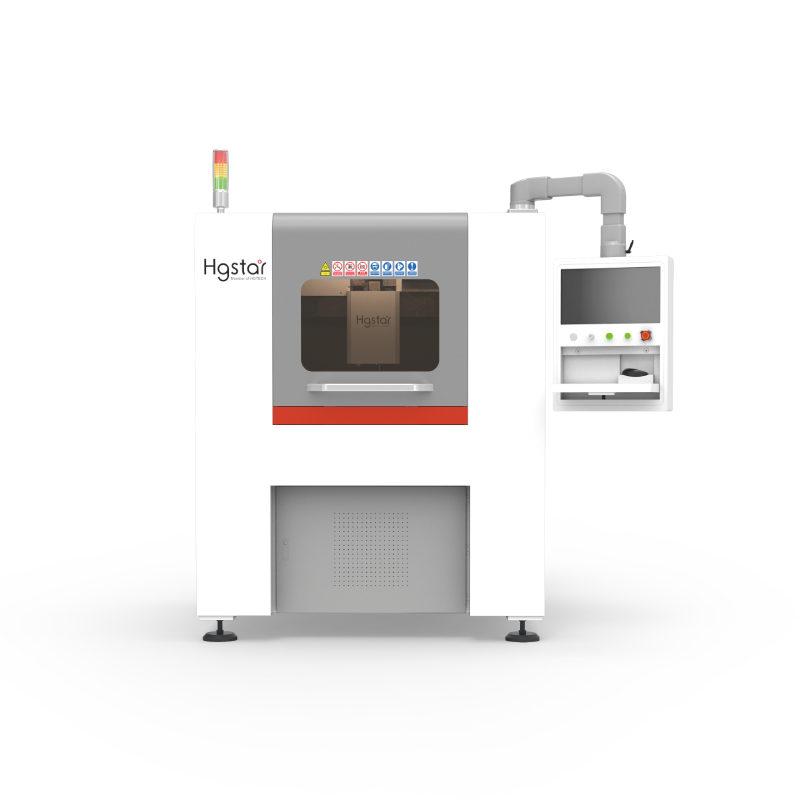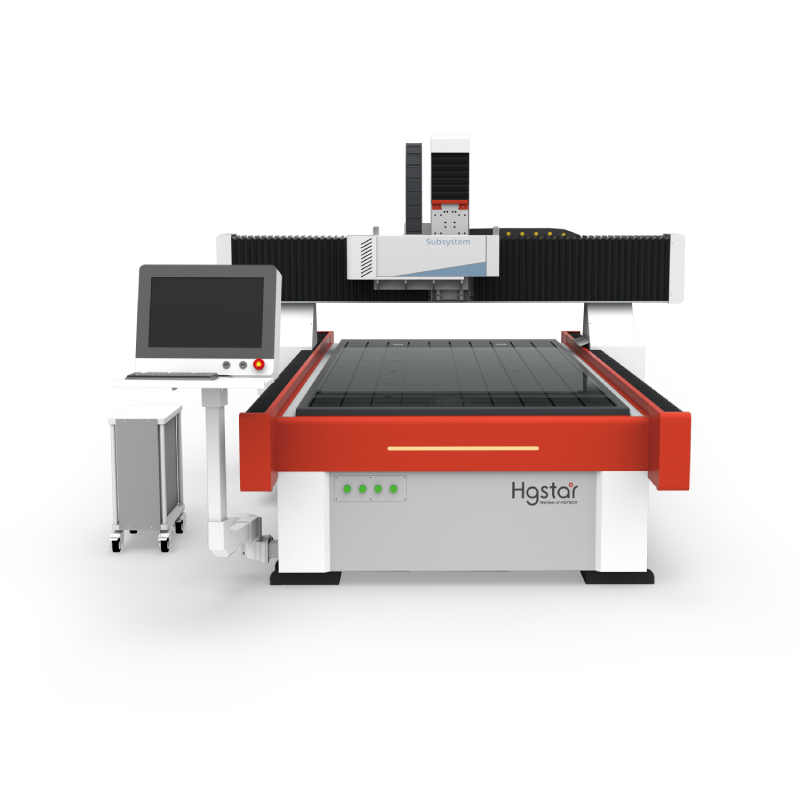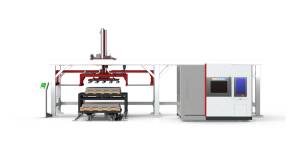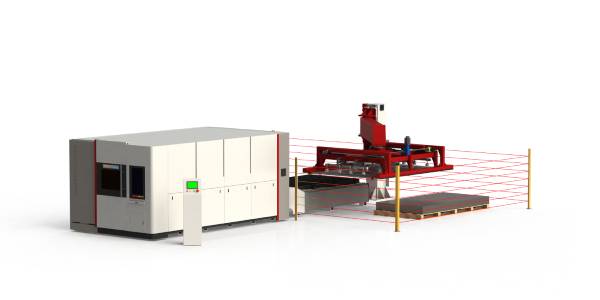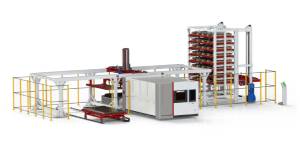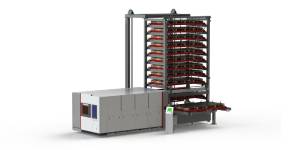Projects
Analysis | The miniaturization process of fiber lasers
In recent years, the 10000 watt laser has become a standard product in the industrial laser field, and the popularization of the 10000 watt laser has greatly improved the efficiency and capability boundary of industrial processing. Miniaturization is a key to open a new world of laser applications – smaller size, lighter weight, and higher integration, which has overturned the past understanding of laser processing, and spawned portable laser tools such as handheld laser welding, handheld laser cleaning, and greatly promoted the development of laser applications. The miniaturization process of a 10000 watt laser has gone through several stages:

How to Reduce the Overall Volume of the Machine
Due to the fact that fiber lasers can achieve power improvement through module stacking and beam merging, the overall volume of the laser is also continuously increasing during the process of fiber laser power improvement. In 2017, a 6kW fiber laser with multiple 2kW modules combined entered the industrial market. In the following one or two years, 8kW, 12kW, 15kW, and 20kW lasers gradually appeared, but at that time, even 20kW lasers were combined on the basis of 2kW or 3kW, resulting in a huge volume of finished products. Although the performance has been improved, the excessive volume also brings significant trouble to users’ transportation and assembly. With the increasing demand for 10000 watts, laser manufacturers are beginning to think about how to reduce the overall volume.
Reducing Modules and Increasing the Power
The main idea at the initial stage is to increase the power of a single laser module, gradually increase the past 3kW to 4kW and 5kW, and reduce the volume by reducing the number of beam combining modules of ten thousand watt lasers. However, at this stage, the sudden decrease in the number of modules and the sudden increase in single module power pose significant challenges to the stability of the laser cores.
High Power Single Module Laser
As the above challenges are gradually overcome, another major advantage of single module lasers begins to emerge – without the need for beam merging, the beam quality is greatly improved, and its performance is significantly improved compared to multimode lasers in fields such as sheet metal processing and precision manufacturing. As a result, high-power single module lasers began to become independent products integrated with laser equipment.
At this stage, laser manufacturers have made extensive optimizations and improvements for the application scenarios and optical characteristics of single module lasers. After several years of effort, a single module 12kW laser was introduced. Compared to a multimode 12KW laser, a single module 12kW laser reduces its volume by about 60%, reduces its weight by about 40%, and has a processing capacity comparable to 15kW on certain materials. It can be said that the core idea at this stage is to replace multimode combiner lasers with smaller single module lasers in some application scenarios.

